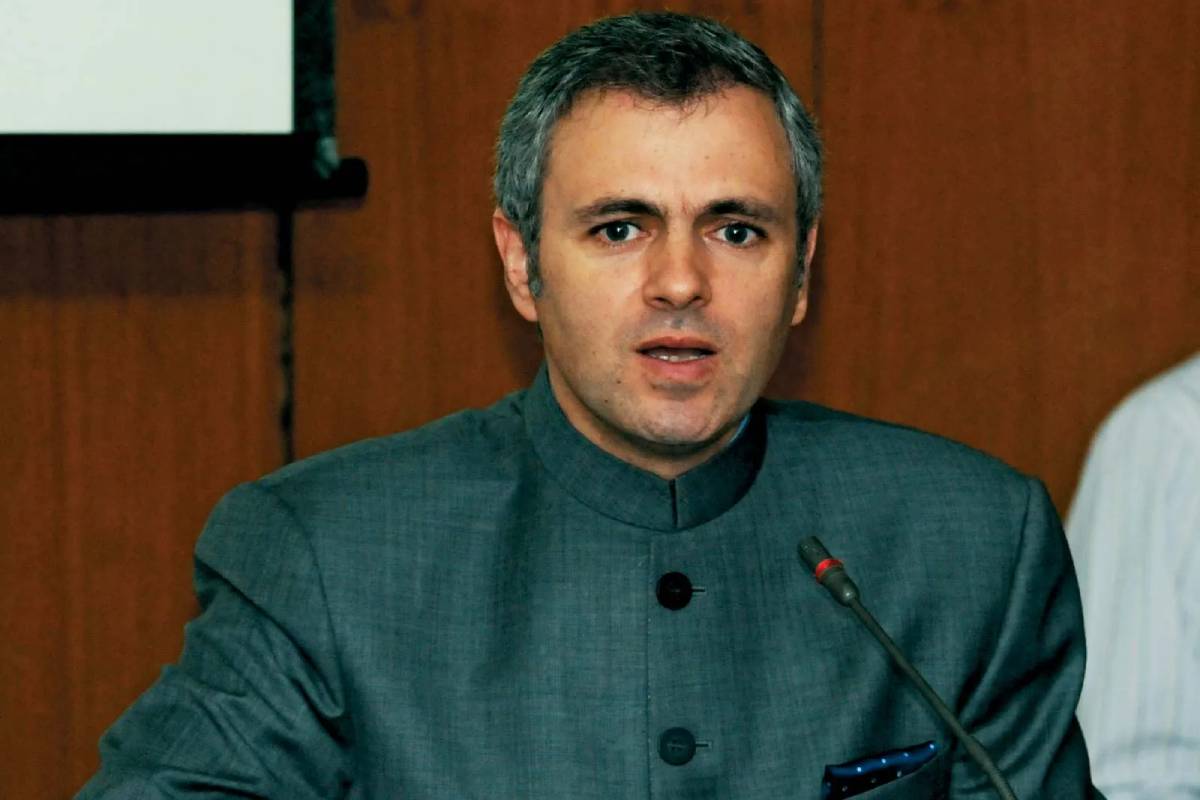Elections in the Baramulla constituency in Kashmir during the fifth phase on Monday marked a significant milestone with a voter turnout exceeding 54 per cent, one and a half times the turnout recorded in Srinagar during the fourth phase on May 13. The increased ~ from 14 per cent in 2019 ~ participation in Srinagar was already seen as a sign of hope in the troubled region, and Baramulla’s turnout further underscores this optimistic shift. This remarkable participation is indicative of the evolving political landscape and citizens’ desire for change in a region long beset by political and social turmoil.
Baramulla’s electoral contest has drawn national attention, featuring heavyweight candidates such as former Jammu & Kashmir Chief Minister Omar Abdullah, Peoples’ Conference chairman Sajjad Lone, and the incarcerated Sheikh Rashid Ahmad of the Awami Ittehad Party. The increased turnout, despite a sluggish start, reflects a critical shift in the political engagement of Kashmiris, suggesting a renewed faith in the democratic process and an eagerness to influence their future. A significant factor in this election has been the candidacy of Sheikh Rashid Ahmad, whose imprisonment on charges of terror funding has not diminished his appeal.
His son, Abrar Rashid, has fervently campaigned on his behalf, appealing to the electorate’s emotions and highlighting the plight of families affected by stringent security measures. Sheikh Rashid’s popularity among voters who feel disenfranchised by mainstream political parties underscores a broader desire for representation that genuinely addresses local grievances. The political dynamics in Baramulla have also been reshaped by the 2022 delimitation exercise, which increased the number of assembly segments in the constituency from 15 to 18. This has strategically altered electoral calculations, particularly benefiting candidates like Mr Lone, who is banking on support from newly incorporated areas such as Trehgam in Kupwara.
Mr Abdullah’s decision to contest from Baramulla, shifting from his father’s stronghold in Srinagar, reflects a strategic move to counteract the influence of the BJP and its perceived proxies. Mr Abdullah’s campaign has centred on resisting the BJP’s policies and protecting Kashmir’s unique political identity, a stance that resonates deeply in a region wary of external interference. The enthusiastic voter turnout in traditionally low-participation areas such as Sopore, Palhalan, and parts of Budgam and Magam, traditionally seen as separatist strongholds, signals a critical shift. It suggests that even in regions historically sceptical of Indian electoral politics, there is a growing willingness to engage with the democratic process to seek tangible change.
This election’s vibrancy is also a testament to the resilience of Kashmir’s democratic spirit, even in the face of adversity. The diverse turnout, including a significant number of women voters, highlights the inclusive nature of this political awakening. However, the road ahead is fraught with challenges. The high turnout should not be misinterpreted as a sign of normalcy. Instead, it underscores the population’s urgent call for political solutions that address their aspirations and grievances.












